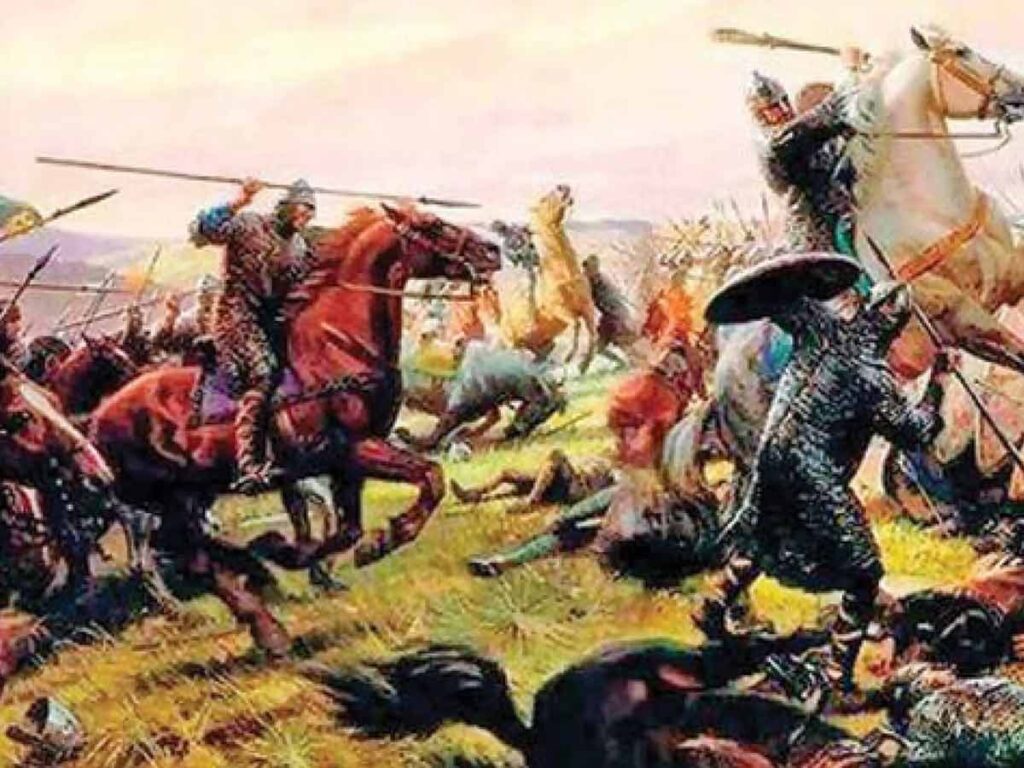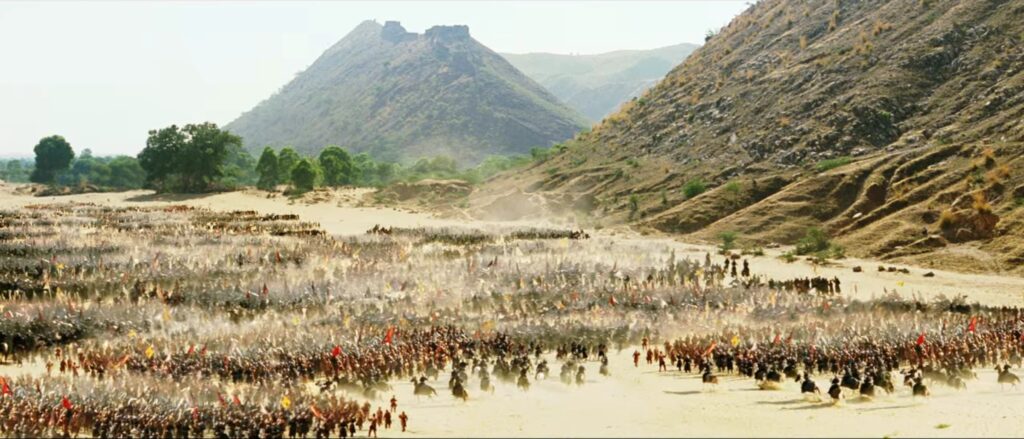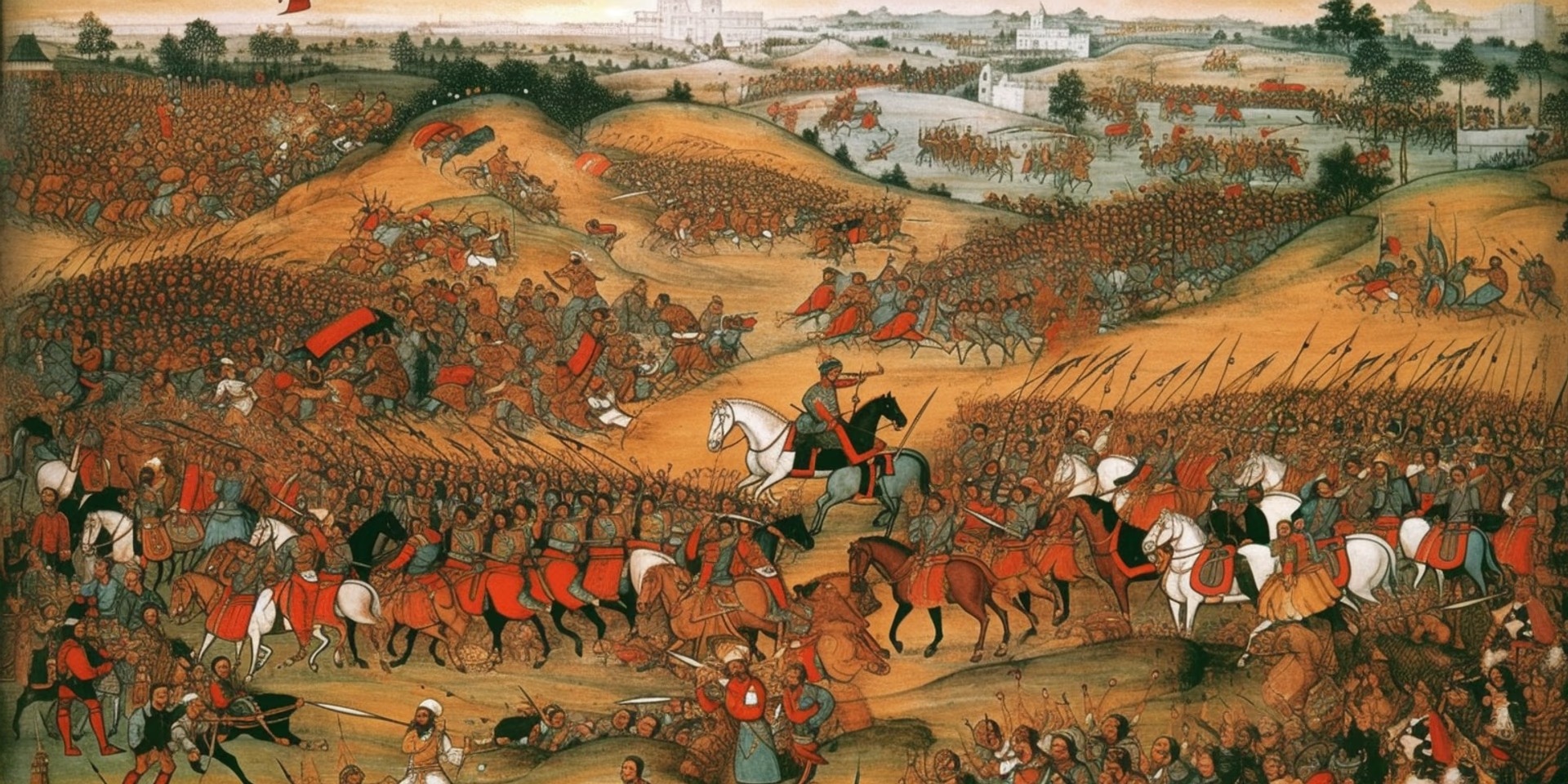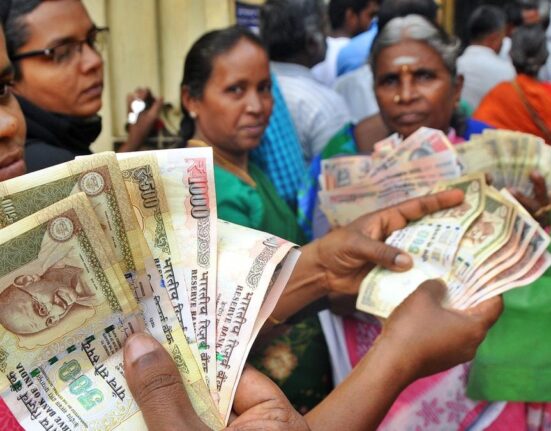परिचय
The Second Battle of Panipat, fought on 5 November 1556, stands as one of the most significant turning points in Indian history. This monumental confrontation saw the young Mughal emperor अकबर, under the regency of Bairam Khan, pitted against Samrat Hem Chandra Vikramaditya (Hemu), a Hindu king who had rapidly risen to power and taken control of Delhi and much of North India. The battle ended with a decisive Mughal victory, securing not only Akbar’s future as an emperor but also the enduring legacy of the Mughal Empire in India for the next two centuries.

Historical Background
The Rise of Hemu
After the death of Mughal emperor Humayun in January 1556, his thirteen-year-old son Akbar ascended the throne. At this time, North India was a complex patchwork of rival powers battling for control following the collapse of the Sur dynasty founded by Sher Shah Suri.
Hemu, originally the chief minister and general under Adil Shah Suri (the last substantial Sur ruler), distinguished himself by winning 22 battles from 1553 to 1556 against Afghan warlords and rebels. Taking advantage of Mughal disorder after Humayun’s death, Hemu rapidly advanced and defeated Mughal forces at the Battle of Delhi (Tughlaqabad) on 6 October 1556, driving out the Mughal commander Tardi Beg Khan and capturing Delhi and Agra. On 7 October, Hemu crowned himself as “Samrat Hem Chandra Vikramaditya” at Purana Qila in Delhi, becoming the de facto Hindu ruler of large parts of northern India for the first time in centuries.
Akbar’s Preparations and the March to Panipat
Akbar, young and inexperienced, was under the regency of the able and determined Bairam Khan. Learning of Hemu’s ascendancy, Bairam Khan rallied Mughal forces in Punjab and resolved to recapture Delhi. Although some Mughal generals advised Akbar to retreat to Kabul, Bairam Khan decided to confront Hemu on the plains of Panipat—ironically, the same historic battlefield where Babur had defeated Ibrahim Lodi in 1526 to establish Mughal rule.
The Opposing Armies
- Hemu’s Army: The forces under Hemu were robust in size, reportedly comprising 30,000–50,000 cavalry, 1,500 war elephants, and artillery. Much of his army consisted of Afghan and Rajput soldiers, and he personally led from the frontline, atop the famed war elephant “Hawai”.
- Mughal Army: Akbar’s forces, estimated at 10,000–15,000 cavalry and 5,000 veteran soldiers, were smaller and less experienced but better organized under Bairam Khan’s command. Akbar himself was kept away from direct fighting, guarded in the rear by a reliable contingent.
The Battle: 5 November 1556
The two armies met near Panipat, just north of Delhi. The initial phase witnessed Hemu’s war elephants playing a dominant role, pushing back Mughal soldiers and nearly routing their right and left flanks.
However, the tide of the battle turned dramatically when a Mughal archer shot an arrow that struck Hemu in the eye, rendering him unconscious atop his elephant. The sight of their unconscious and then absent commander caused panic among Hemu’s ranks, leading to breakdown in morale and organization. Seizing the moment, Bairam Khan ordered a full-scale Mughal assault, rapidly turning the disorder into a rout.
Capture and Execution of Hemu
After the battlefield had cleared, Hemu—still barely alive, hit by the arrow—was found and brought to the Mughal camp. Contemporary chronicles report that Bairam Khan beheaded Hemu in Akbar’s presence, both as a symbolic act of establishing Akbar’s authority and as a blow to his Hindu opposition. Many of Hemu’s relatives and supporters were also killed or executed in the aftermath.
Aftermath and Significance
Consolidation of Mughal Rule
The victory at Panipat allowed Akbar and his generals to retake Delhi and Agra, decisively ending the short-lived Hindu revival under Hemu and the Afghan threat posed by the remnants of the Sur dynasty. This triumph began Akbar’s true imperial reign, enabling him to vigorously consolidate, expand, and stabilize his empire across North India and beyond.
Social and Political Impact
- End of Afghan/Hindu Resistance: The defeat of Hemu diminished Afghan (and non-Muslim) influence in North India for generations.
- Centralization: The Mughals established stronger control over northern plains. Akbar’s early rule, guided by Bairam Khan, soon oversaw the integration of diverse regions and the beginning of major administrative reforms.
- Legacy of Panipat: The Second Battle of Panipat, like its famous predecessor in 1526, reaffirmed Panipat’s reputation as the crucible of India’s destiny. The battleground became legendary for its role in the rise and fall of empires.
Hemu’s Legacy
Though his reign lasted barely a month, Hemu remains a striking historical figure—a commoner-turned-ruler who nearly overturned centuries of Muslim dominance in North India. His rise, battlefield exploits, and tragic end are celebrated in regional ballads and folklore.
Interesting Facts
- The Mughal army was significantly outnumbered, but superior tactics and a crucial stroke of luck led to their victory.
- Abul Fazl, Akbar’s chronicler, famously described the clash’s intensity: “Two armies so collided that it struck fire out of the water, the air was all crimsoned.”
- Akbar, only thirteen at the time, did not participate directly in the fighting.
- The elephant “Hawai,” from which Hemu commanded, became a symbol of both his power and his downfall.
- The site of the Second Battle of Panipat is just a few kilometers from that of the First Battle of Panipat, both bearing enormous influence on the subcontinent’s history.

निष्कर्ष
The Second Battle of Panipat (1556 CE) was a decisive episode that changed the course of Indian history. It not only restored Mughal dominance in North India but also paved the way for the vibrant, expansive, and multifaceted reign of Akbar the Great. The battle’s story remains a testament to the unpredictable interplay of ambition, warfare, and fate in the shaping of nations.








इस बारे में प्रतिक्रिया दें